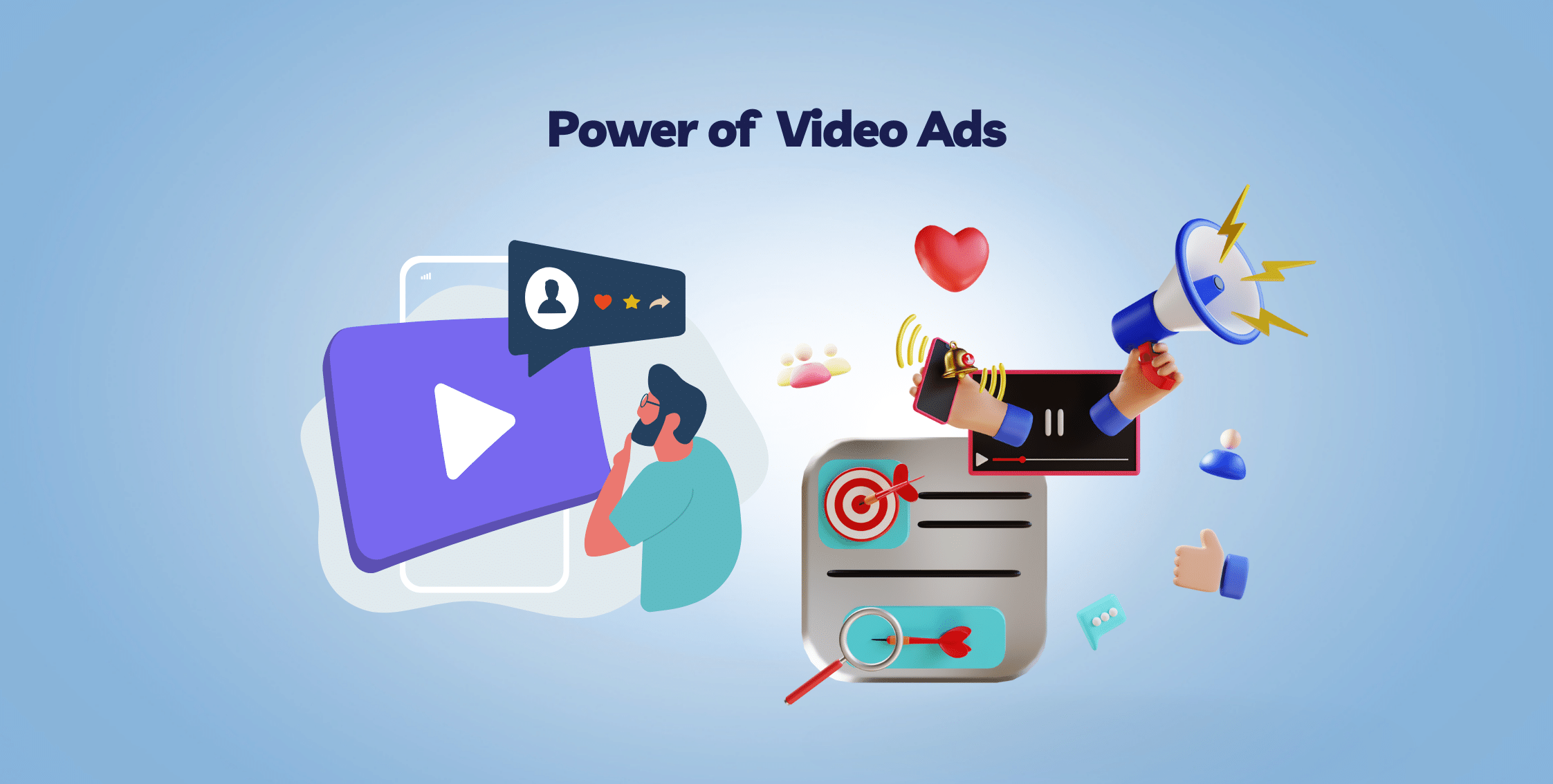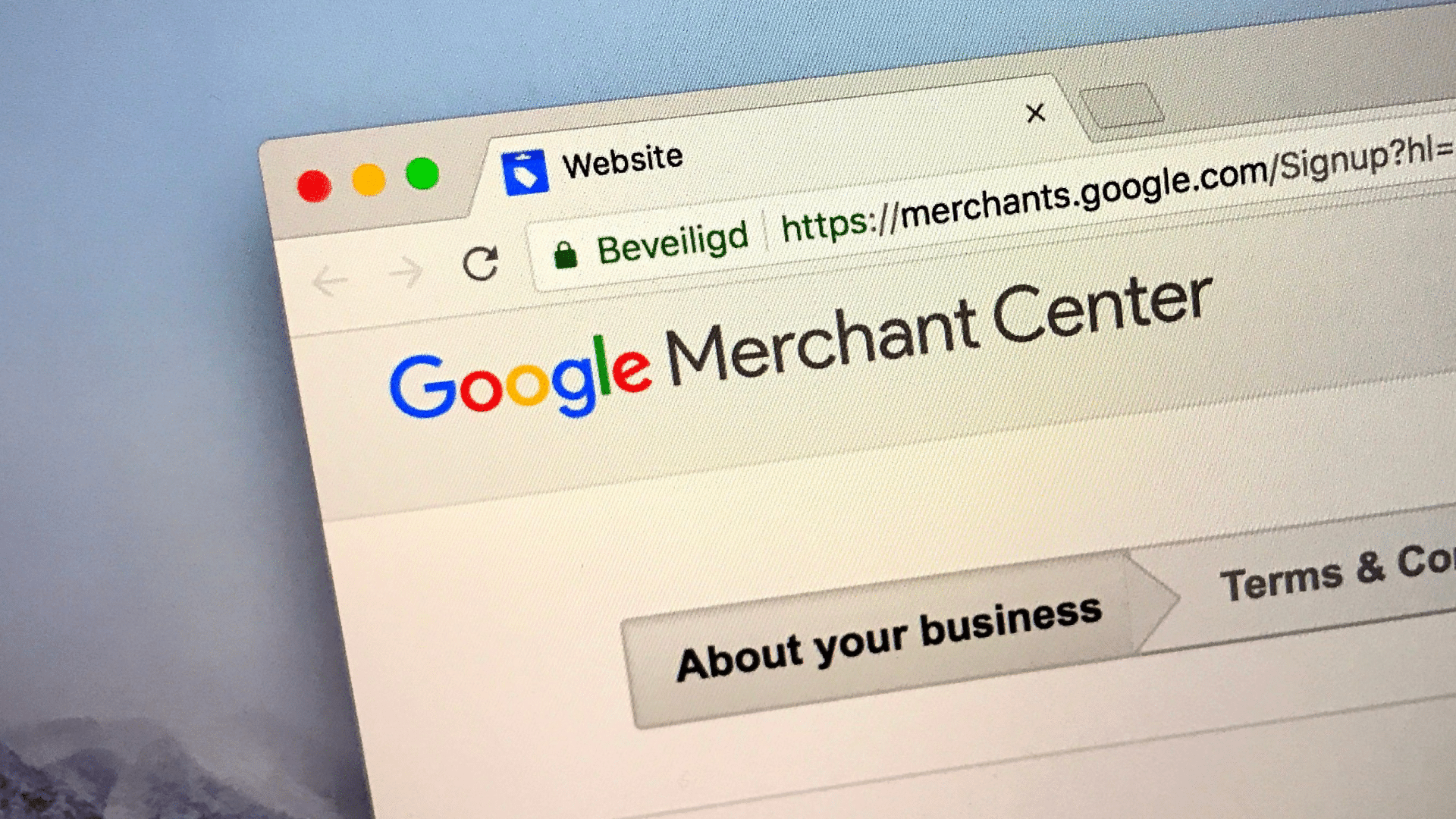In today’s hyper-competitive retail landscape, PPC for Retail isn’t just a nice-to-have—it’s a must-have. With consumers jumping between Google Search, YouTube, Shopping, and mobile apps, retailers are under pressure to not only show up—but to show up smart.
As we step deeper into 2025, retail PPC is evolving fast, fueled by AI-driven automation, shifting buyer behavior, and new ad formats that demand attention. But with big opportunities come big challenges—like ad fatigue, budget misfires, and rising CPCs.
So how do successful retail brands navigate it all? In this guide, we’ll unpack the latest PPC trends, common roadblocks, and proven strategies that will help your brand win more clicks, drive sales, and stay ahead in a crowded digital shelf space.
Performance Max Is Becoming the Go-To in PPC for Retail
Retailers are increasingly adopting Google’s Performance Max campaigns as their default strategy. These campaigns run across all Google properties—Search, Shopping, Display, YouTube—and use machine learning to find high-converting audiences. It’s helping brands streamline campaign management while achieving better results with less manual effort
Visual Shopping Ads Are Lifting Click-Through Rates
Visual Shopping Ads that display prices, reviews, product images, and stock availability are seeing higher engagement. In fact, brands report up to a 38% increase in click-through rates. These rich, data-packed visuals make it easier for shoppers to make quick, informed decisions right from the search results page.
AI and Automation Are Transforming Campaign Management
AI-driven tools are now handling much of the heavy lifting in retail PPC—like smart bidding, budget allocation, and audience targeting. This allows marketers to focus more on strategy, creative, and brand growth. Automation is no longer just a nice-to-have—it’s key to staying competitive.
Hyper-Local Targeting Is on the Rise
Retailers are targeting shoppers based on physical location with Local Inventory Ads and “near me” search optimization. These ads showcase which products are available at nearby stores, driving both in-store visits and online conversions. It’s a winning blend of digital convenience and real-world relevance.
Voice Search Is Reshaping Keyword Strategies
With the rise of smart assistants like Google Assistant and Alexa, voice searches are becoming more common—especially for local and product-based queries. Retail PPC campaigns are now being optimized for longer, more conversational keywords to match the way people speak.
Product Feed Optimization Is Essential
A well-optimized product feed is now a critical factor for success in Shopping campaigns. Clean, descriptive titles, accurate pricing, high-quality images, and relevant attributes help Google serve your ads more effectively—and improve user experience. Retailers that prioritize feed health tend to outperform their competition.
YouTube Video Ads Are Gaining Serious Traction

Video ads on YouTube are becoming a core part of retail PPC strategy. Retailers are using product demos, unboxings, and short-form content to drive engagement and build brand awareness. YouTube isn’t just for awareness anymore—it’s influencing purchase decisions directly.
Ad Fatigue Is Killing Clicks
When shoppers see the same ads too many times, they tune out. Repeating identical creatives across Google Ads, Display, or YouTube leads to lower engagement and conversion rates. To combat ad fatigue, retailers need to refresh visuals and messaging regularly, especially during long-running campaigns.
Inventory Sync Issues Hurt Conversions
Promoting products that are out of stock or have outdated pricing creates a poor user experience and wastes ad spend. Without real-time inventory syncing between your product feed and ads, you risk driving traffic to dead listings—which can quickly erode trust and performance.
Over-Automation Without Strategy Backfires
Google’s smart features like auto-bidding and Performance Max can simplify PPC—but they’re not set-it-and-forget-it tools. Relying too heavily on automation without reviewing data or setting clear campaign goals often leads to wasted budgets and missed optimization opportunities.
Competitive Saturation Drives Up Costs
Retail PPC spaces—especially in fashion, tech, and home goods—are incredibly crowded. Larger brands often outbid smaller retailers, pushing CPCs up and shrinking visibility for everyone else. To compete, brands must double down on niche targeting, creative differentiation, and audience strategy.
Budget Misfires in Performance Max
Performance Max isn’t always perfect at allocating budget efficiently. It may over-prioritize certain assets or product types that don’t perform well, while neglecting high-converting ones. Without asset group control or performance insights, valuable budget gets diverted to underperformers.
Attribution Is Getting Murkier
In today’s multi-device, multi-touch shopping journey, it’s hard to pinpoint which ad actually led to a sale. Consumers might search on mobile, browse on desktop, and convert through YouTube—all in one funnel. This complexity makes it difficult to properly credit performance and optimize campaigns effectively.
Click Fraud and Bots Still Drain Budgets
Even with Google’s protections, high-volume retailers continue to face click fraud and bot traffic—especially on shopping and display campaigns. These invalid clicks inflate costs without contributing to actual conversions, making ad fraud monitoring tools and manual reviews essential for retail PPC managers.
Segment Campaigns by Product or Profit Margin
Don’t lump all your products into one campaign. By segmenting based on category or profit margin, you can tailor bidding strategies, control budget allocation, and get a clearer view of what’s truly driving return on ad spend (ROAS). This also helps prioritize your high-margin items where it matters most.
Retarget Loyal Shoppers with Customer Match
Google’s Customer Match lets you reach people who already know and trust your brand. Upload your customer lists to show higher-ticket or new product ads to past buyers. It’s one of the most cost-effective ways to boost repeat purchases and customer lifetime value.
Launch Seasonal Campaigns Early with Countdown Timers
Timing is everything. Starting your holiday or seasonal PPC campaigns early helps build momentum and beat the rush. Countdown timers in ads also create urgency, encouraging faster decisions—especially during limited-time events or sales.
Continuously A/B Test Creatives
Never assume you’ve found the perfect headline or image. A/B testing different versions of your ad copy, product titles, images, and sitelinks ensures your campaigns are always evolving and improving. Small tweaks often lead to big performance gains.
Use a Cross-Channel Strategy (Search + Shopping + YouTube)
Don’t rely on just one ad type. Combining Search, Shopping, and YouTube campaigns helps create an omnichannel experience—meeting shoppers at different stages of their journey. You might capture interest on YouTube, consideration via Shopping, and conversions via Search.
Build Dedicated Product Landing Pages
Generic pages kill conversions. Each product or campaign should link to a landing page that’s focused, fast, and keyword-aligned. Make sure your messaging matches the ad and that your call-to-action is clear and prominent.
Optimize with Structured Data and Merchant Center Settings

Structured data helps Google better understand your product catalog, which can boost Shopping ad visibility. Clean up your Merchant Center feed with accurate descriptions, category tagging, and availability statuses to increase the chances of showing up in relevant searches.
Layer Audiences with Keywords for Smarter Targeting
Adding audience layers—like past site visitors or in-market segments—to your keyword campaigns helps narrow your targeting and improve relevancy. Instead of showing your ads to everyone searching for “red sneakers,” you’re targeting users who are more likely to buy them.
Use Negative Keywords to Cut Waste
Wasting budget on unqualified clicks? Negative keywords are your best defense. Filter out irrelevant search terms (like “free,” “DIY,” or “wholesale”) that don’t align with your product or target customer. This sharpens your ad targeting and protects your ROI.

